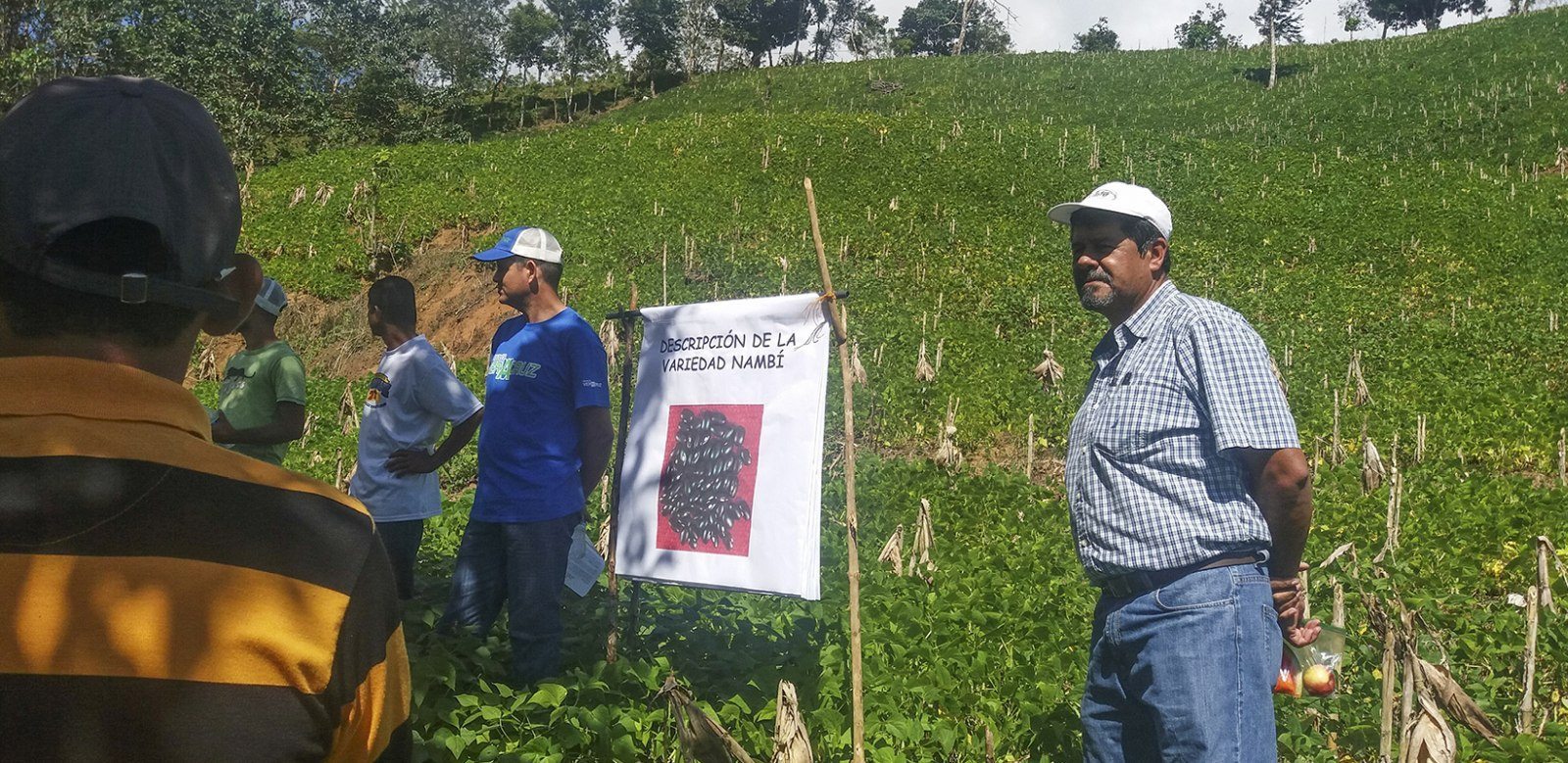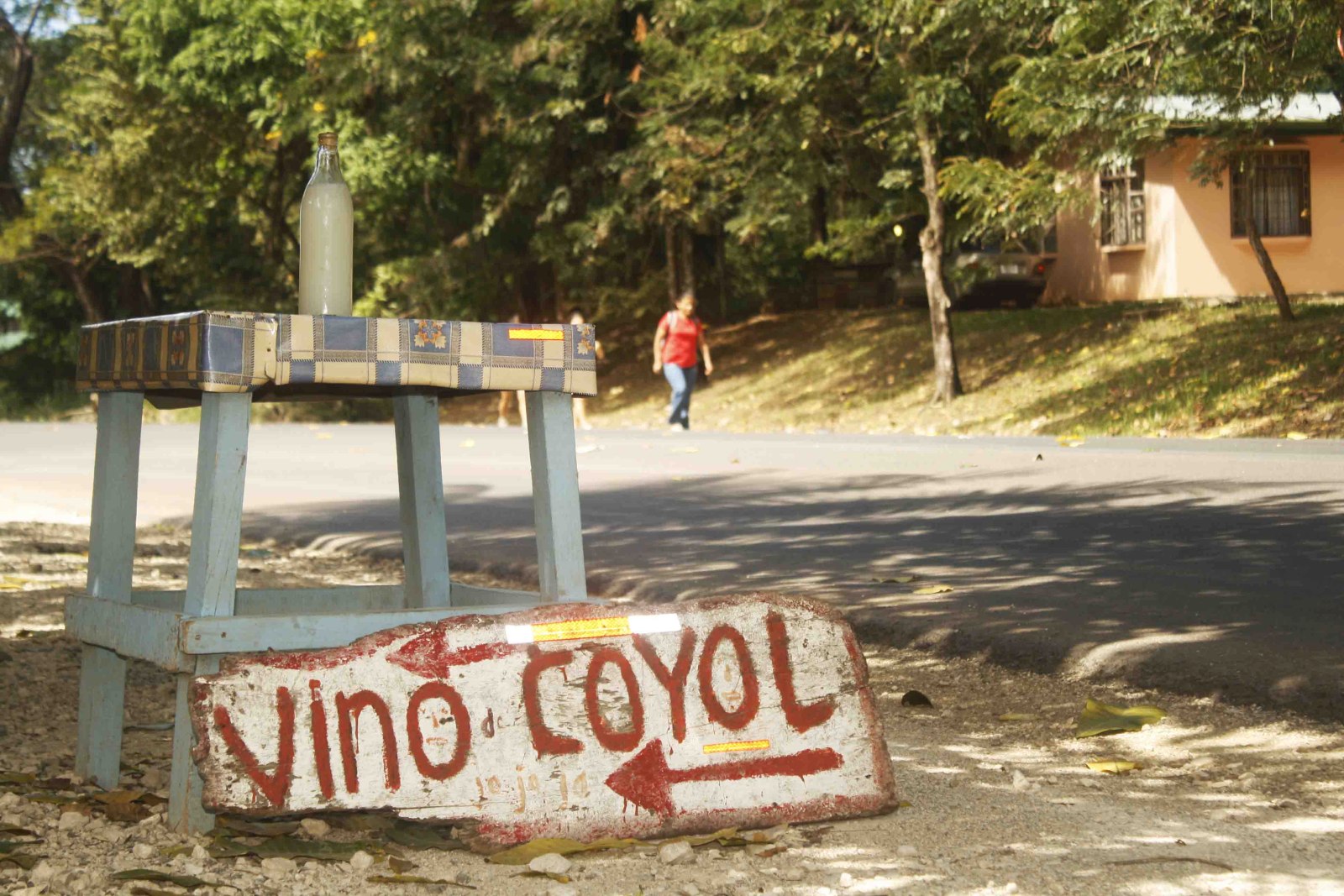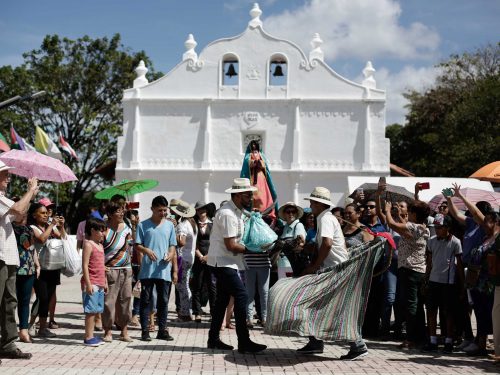
Chief Nambí will be immortalized not just among the Nicoyan people, but also with a new, improved variety of bean that bears his name. This legume is a new ally for Guanacaste’s agricultural industry due to its resistance to high temperatures and the small amount of water needed for its harvest.
The province, which is highly vulnerable to drought, is home to 10 percent of the beans harvested in the country.
This variety of bean came to Costa Rica in 2011 as part of a Central American experiment carried out by researchers at the University of Costa Rica (UCR), the National Institute of Innovation and Transfer in Agricultural Technology, as well as farmers in the northern and southern parts of the country.
After five years of different trials, Nambí has shown to be one of the most resistant basic grains to the sun, said Néstor Chaves, coordinator of the legume program at the Experimental Agricultural Station at UCR.
The manager of the National Program for Basic Grains at the Ministry of Agriculture and Livestock, José Valerín, agrees with Chaves. Valerín added that this variety can be adapted to just about any place in Guanacaste because it does not require a large investment nor does it need special care.
“It adapts very well to the areas of production, chiefly in the Southern Zone and Northern Zone of Los Chiles, Upala, La Cruz, Colas de Gallo and Juan Diaz in Nicoya,” he said.
First Experiences
Farmers and institutions agree that the results, up to know, are positive.
Bean farmer Aldrin Pizarro, from Sardinal de Carrillo, tried it last year and said he was satisfied by its adaptation to the terrain and climate, and the good performance he had in the harvest.
“I planted a kilogram of Nambí and a kilogram of Guaymí (another improved variety) in September of last year. The Guaymí produced 38 kilos and the Nambí gave me 46 kilos,” the farmer said.
“This year I am going to plant it again. I think the farmers in Guanacaste are going to tend to use Nambí,” he added.
Prices Do Not Vary
One of the biggest challenges that bean farmers face in the country is the cost to cultivate beans, which raises prices in comparison with imported beans from China or Nicaragua.
Even if production efficiency increases, Nambí will not sell for less in the country. The price per quintal, or hundredweight, of this seed is ¢69,000, which is the same as the Guamí and Matambú varieties, according to official prices from the National Production Council.
According to Chaves, from the UCR, Nambí produced 750 kilos more than Matambú. This was proven during five years of trials held in the Southern Zone of the country.
How Did They Improve the Seed?
Jonathan Castro, specialist in technology and innovation as well as climate change at the Pan-American Institute of Cooperation for Agriculture, explained that the Nambí bean is not genetically modified nor is it a hybrid. Rather, it is an improved variety (see sidebar on methods of genetic improvement).
“It is not genetically modified because transgenesis requires a biotechnological part where there is mobilization of genes among species. This is not a hybrid because the hybrid doesn’t give a second or third harvest. Nambí is a now a stable variety,” the specialist said.
He also explained that the risk or cross-pollination, which could modify local varieties of beans, is almost zero.
Methods of Genetic Improvement Through Molecular Techniques
- Improved Variety: After hundreds of crossings among plants, generally between a father and mother, a sample with the desired characteristics (that it is stable and can be reproduced) is selected.
- Hybrid: The crossing is similar to the improved variety, with the difference being that the hybrid seed is not stable. This means that it cannot reproduce the same variety in future harvests.
- Transgenic: These are genetically modified organisms into which genes from other individuals are incorporated using molecular techniques. It is not a natural crossing.







Comments